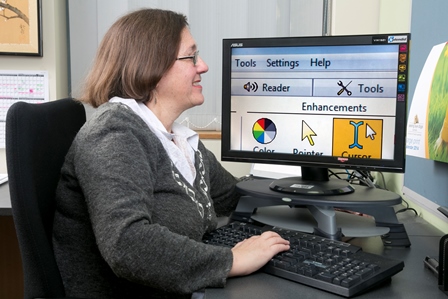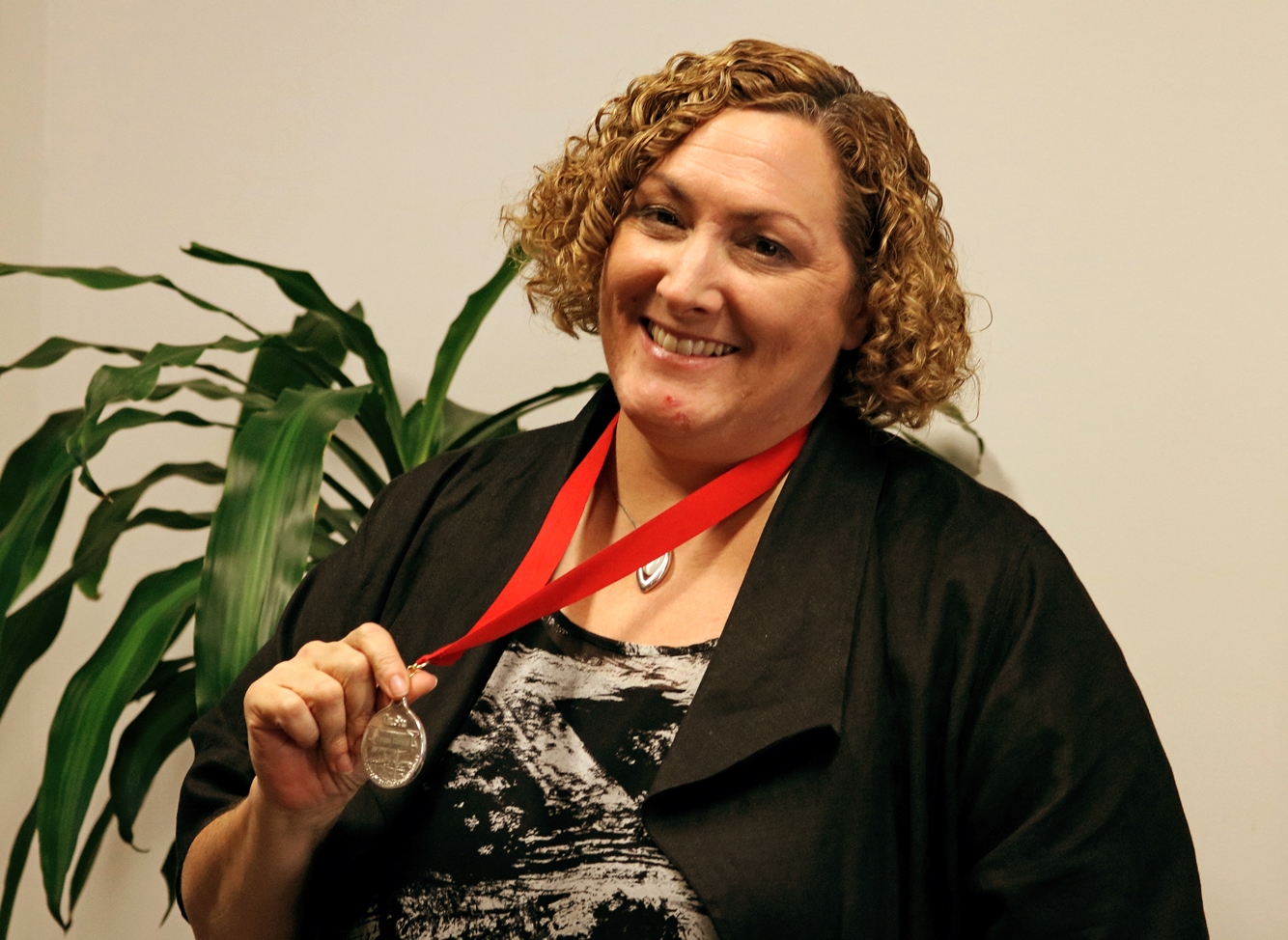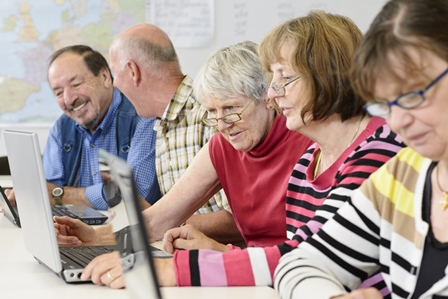Our focus
- Details
- News
 We know that electronic devices, such as microwaves, baby monitors and lamps, can interfere with Wi-Fi, but did you know that your Christmas lights could be causing interference as well?
We know that electronic devices, such as microwaves, baby monitors and lamps, can interfere with Wi-Fi, but did you know that your Christmas lights could be causing interference as well?
With families having extra downtime over the holidays or if you have family visiting you'll need a reliable internet connection to ensure everyone can get connected.
Our friends at the UK telecoms regulator, Ofcom, have published some troubleshooting tips that may be helpful if you're experiencing interference from electronics or your Christmas lights over the festive season.
If these tips don't help solve your Wi-Fi issues we recommend that you contact your provider to discuss the problem with them and get a resolution.
Read more: Are Christmas lights affecting your Wi-Fi?
Write comment (0 Comments)- Details
- News
 The holidays are a time to celebrate and take a break from work. For some this means visiting family and friends, for others it means getting comfortable on the lounge and binge watching their favourite TV shows.
The holidays are a time to celebrate and take a break from work. For some this means visiting family and friends, for others it means getting comfortable on the lounge and binge watching their favourite TV shows.
No matter which streaming service you subscribe to, there are some things you should be aware of before you watch multiple seasons of your favourite shows over the holidays.
Data usage
Depending on the picture quality, streaming services are likely to take a big chunk out of your monthly download limit. Streaming in high definition (HD) can use up to 3GB of data per hour. Standard definition (SD) streaming will use less data, however, the picture quality will not be as good as HD content. Check with your chosen streaming service to see how much data you will use streaming content in HD and SD.
Read more: Tips for online streaming over the holidays
Write comment (0 Comments)- Details
- News
 Today on the International Day of People with Disability Vision Australia has launched the Document Accessibility Toolbar (DAT) – a tool that makes it quick and easy to create accessible documents in Microsoft Word.
Today on the International Day of People with Disability Vision Australia has launched the Document Accessibility Toolbar (DAT) – a tool that makes it quick and easy to create accessible documents in Microsoft Word.
With funding under the ACCAN Grants Scheme, the DAT was created by accessibility experts from Vision Australia's Digital Access consultancy. The Toolbar adds a simple menu to Microsoft Word with a range of functions to optimise and check a document for accessibility. This means that for Word users creating documents and trying to make them accessible for people with disabilities, a set of dedicated functions will be available in a centralised location to make the process easy. The tool is easy to download and is made to be used by people with limited experience with accessibility.
Read more: Introducing the Document Accessibility Toolbar
Write comment (0 Comments)- Details
- News

In her speech of thanks, Teresa stressed the importance of addressing consumer interests in the marketplace and noted that the best outcomes were achieved when consumers and industry worked together constructively.
Read more: ACCAN CEO recognised with Charles Todd Medal
Write comment (0 Comments)- Details
- News
 Digital inclusion ensures that no one is left behind as we move towards an increasingly digital future. For Social Inclusion Week 2015, we thought we'd outline why digital inclusion is vital for all Australians.
Digital inclusion ensures that no one is left behind as we move towards an increasingly digital future. For Social Inclusion Week 2015, we thought we'd outline why digital inclusion is vital for all Australians.
While many of us have smartphones and access to the internet at home, there are some consumers who don't. Two issues often cited as barriers to digital inclusion are affordability and a lack of digital literacy.
Affordability divide
Research from the Australian Bureau of Statistics shows that in 2012–13, 98 per cent of households with a household income of $120,000 or more had internet access, compared to only 57 per cent of households with a household income of less than $40,000, suggesting an 'affordability divide' when it comes to broadband.
Read more: Why digital inclusion matters
Write comment (0 Comments)- Details
- News
 All across Australia Schoolies celebrations are about to begin for many year 12 students. While travelling for Schoolies, or celebrating at parties, young people will undoubtedly have their smartphones with them along the way.
All across Australia Schoolies celebrations are about to begin for many year 12 students. While travelling for Schoolies, or celebrating at parties, young people will undoubtedly have their smartphones with them along the way.
Below we've put together some tips for young people to ensure they use their smartphones safely.
Avoid risky behaviours
What happens at Schoolies doesn't always stay at Schoolies - especially if it's recorded in an image or video on a smartphone.
Read more: Schoolies, sexting and smartphone safety
Write comment (0 Comments)- Details
- News
 Last week, ACCAN's Disability Policy Advisor, Wayne Hawkins, presented at the NDIS New World Conference 2015 in Brisbane. The theme for the Conference was: Disability in the 21st century.
Last week, ACCAN's Disability Policy Advisor, Wayne Hawkins, presented at the NDIS New World Conference 2015 in Brisbane. The theme for the Conference was: Disability in the 21st century.
The event featured speakers from a range of organisations including Apple, National Disability Services, Ernst and Young and the National Disability Insurance Agency.
Wayne sat on the panel of the Universal Accessibility session, facilitated by Sean Fitzgerald, Director C3 Solutions. Other panellists included James Thurston from G3ictr, Daniel Hubbell from Microsoft and Dr Scott Hollier from Media Access Australia.
Read more: Why is accessible ICT important?
Write comment (0 Comments)- Details
- News
The Bureau of Communications Research (BCR), a unit established last year in the Department of Communications and the Arts, was asked by the Government to consider the funding of the National Broadband Network (NBN) to regional Australia. The initial policy arrangement saw nbn funding the services, covering any losses internally from other areas of the network. The Government policy now is to distribute the cost further than the nbn network.
The BCR has produced a consultation paper presenting their preliminary findings. Below is a summary of these findings.
Read more: BCR consultation on regional NBN funding
Write comment (0 Comments)- Details
- News
 Australians are spending more time on their mobile phones and we're using more mobile data than ever before.
Australians are spending more time on their mobile phones and we're using more mobile data than ever before.
According to the ACMA Communications Report 2013-14, in the quarter ending June 2014, Australians downloaded 38,734 terabytes of data on mobile devices – a 97.3 per cent increase when compared to the same quarter a year earlier!
With the introduction of 4G, our data needs are forecasted to grow even more. Because of this, it's important to take into account how your provider counts your data and how much they charge for excess data.
Read more: What you need to know about mobile data
Write comment (0 Comments)- Details
- News
The 2015 edition of the P3 CommsDay Mobile Benchmark Australia shows improved results from the three carriers tested – Telstra, Optus and Vodafone. Now in its second year, the benchmark compares the three network operators against each other and also against their scores last year.
ACCAN congratulates P3 and CommsDay on this important initiative because it provides consumers with independent benchmarking so they can make informed decisions. Improved consumer decision making is one of ACCAN's Policy Priorities for 2015-16.
The benchmark measures smartphone voice and data performance and is based on weeks of extensive testing around the country. The tests measure voice call quality, success rates, download and upload speeds, website access and video streaming performance.
Read more: Australian mobile benchmark shows improved network coverage
Write comment (0 Comments)- Details
- News
 The internet offers exciting opportunities and experiences for kids and teens. But for some parents it can seem like a dark forest fraught with danger.
The internet offers exciting opportunities and experiences for kids and teens. But for some parents it can seem like a dark forest fraught with danger.
While there are great aspects of technology, it should be remembered that the internet could potentially expose children to harmful content, cyberbullying or contact with strangers.
To coincide with Stay Smart Online Week, we're sharing our top tips for online safety for kids and teens.
How to approach cybersafety
It's more than likely that your kids are using computers or tablets regularly at home and at school. In fact a 2013 study from the ACMA found that 95 per cent of eight to 11 year olds had accessed the internet 'in the last four weeks.'
Read more: Cybersafety for kids and teens
Write comment (0 Comments)- Details
- News
 After experiencing a traumatic marriage breakdown, Michelle* fled with her children to a safe location expecting to be free of the violence they had experienced. Over the ensuing months she found herself encountering her ex-husband in all sorts of locations unexpectedly, and started to face the abuse all over again. He then moved to sending abusive text messages, so Michelle changed her number, only to start receiving them again soon after.
After experiencing a traumatic marriage breakdown, Michelle* fled with her children to a safe location expecting to be free of the violence they had experienced. Over the ensuing months she found herself encountering her ex-husband in all sorts of locations unexpectedly, and started to face the abuse all over again. He then moved to sending abusive text messages, so Michelle changed her number, only to start receiving them again soon after.
Unable to understand why this was happening, Michelle sought the help of an IT savvy friend, only to discover her children had tracking software on their phones and that her computer also had spyware which her ex-husband had been using to keep track of her. This is known as 'technology-facilitated stalking and abuse.'
Read more: Technology-facilitated stalking and abuse
Write comment (0 Comments)